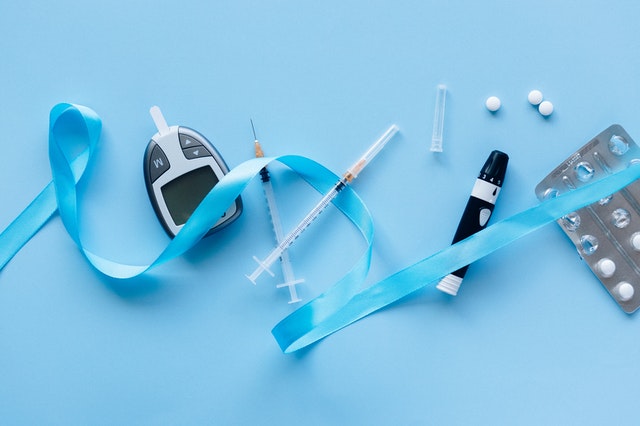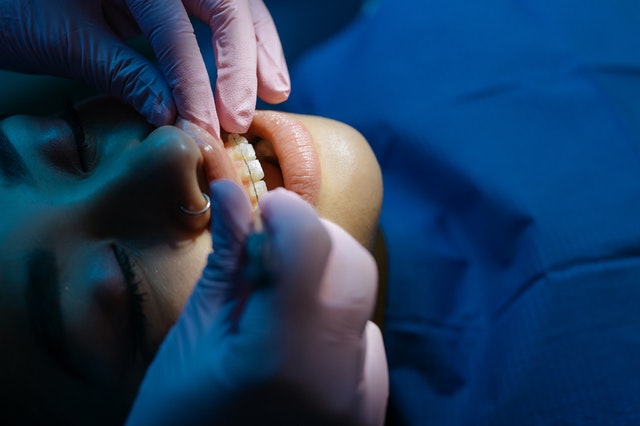
For athletes, muscle recovery equipment is crucial to keep the muscles healthy and strong after exercise. It should be comfortable and effective, as a lack of comfort can result in injuries. Massage tools are one of the best ways to relieve muscle pain. The Psoas Muscle Release Tool is an excellent tool for massage recovery. Many athletes suffer injuries due to this muscle, which attaches around the lower part of the lumbar spine and works across the femur and pelvis. The device is designed to break up these stubborn knots and give you a feeling of “fresh legs” after a long day at work.
Muscle Recovery Equipment

Another piece of muscle recovery equipment for athletes is the MARC Pro Plus. This device uses a multi-wavelength electronic stimulator to reduce soreness and fatigue. The device is similar to a recovery ride or run, with one adjustable setting. It uses pulsing waves of electrical stimulation to aid the recovery process. The MARC Pro Plus is an advanced version of the Marc Pro. Its features include a convenient handle and an easy-to-use design.
The wearable vibration therapy equipment uses an electronic machine that helps the muscles recover faster after intense workouts. This machine works with a unique method to stimulate the muscles to stimulate recovery. The device’s one-setting program allows athletes to adjust the intensity to the desired level. Unlike TENS units, it reduces the pain for a longer time and helps you recover faster. In addition to its effectiveness, the MARC Pro Plus also has a user-friendly design.
The MARC Pro Plus is another piece of muscle recovery equipment for athletes. This device utilizes electrodes to create a pulsing sensation in the muscles. This enables fresh blood to enter and drain out the muscles, facilitating a faster recovery. Athletes can also use electrical stimulation to relieve pain. This device comes with adhesive pads and two lead wires for easy application. The MARC Pro Plus has two different settings and is easy to set up.
Hypervolt
The Hypervolt is an exercise tool that relieves muscle soreness and stiffness by increasing circulation. It also increases range of motion. These products improve the health of soft tissues. The Hypervolt looks like an impact driver, and oscillates back and forth at a high speed. It helps loosen up muscles and reduce soreness. The four attachments on the Hypervolt help the athlete relax. Theraflex, compression and vibration are among the most common exercises.
There are many different types of muscle recovery equipment for athletes. Some of the most popular and effective tools are the ones designed for specific uses, while others are made specifically for a specific purpose. For instance, Theragun Mini Massager is a portable massage gun with three different speeds. It helps the muscles recover after a workout by reducing soreness and preventing injury. These products are great for helping athletes recover after intensive sports.




 Are you having problems with your feet? Do you wake up with painful red spots, calluses, blisters, or other types of foot concerns? If so, it may be time to visit a podiatrist to have your feet looked at. Most people think that a chiropractor will only work on their back, but a few podiatrists now offer services that can range from keeping your feet healthy and free of pain to actually diagnosing problems that may be causing the pain.
Are you having problems with your feet? Do you wake up with painful red spots, calluses, blisters, or other types of foot concerns? If so, it may be time to visit a podiatrist to have your feet looked at. Most people think that a chiropractor will only work on their back, but a few podiatrists now offer services that can range from keeping your feet healthy and free of pain to actually diagnosing problems that may be causing the pain.


